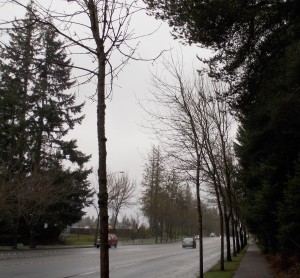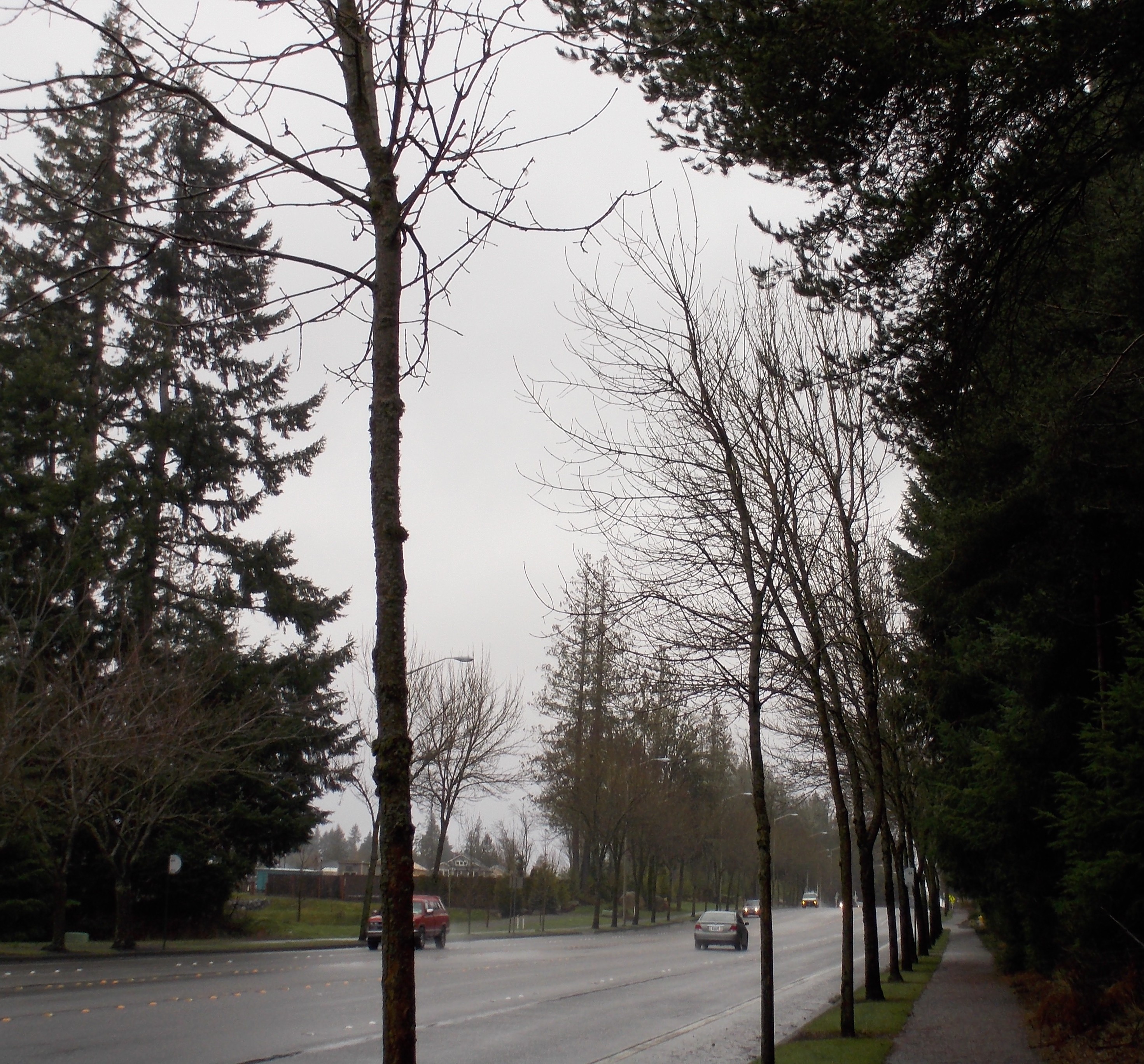Submitted by Take Winter By Storm

Weather experts predict big storms ahead; get winter-ready now
When will that first classic, havoc-creating fall storm hit Western Washington?
(That’s the storm that strips deciduous trees of their leaves all at once, clogging street drains and bringing flooding across the region.)
Any day now. Just ask the trees.
Dr. Sarah Reichard, University of Washington tree expert and director of the U.W. Botanic Gardens, says watching the trees in your neighborhood — as well as the weather report — is the secret to predicting when those first flood-causing storms will hit.
“As day length and temperatures decrease, leaves stop producing chlorophyll, which gives them their green color,” says Reichard at today’s launch of Take Winter By Storm – an annual preparedness campaign to help citizens get prepared before bad weather strikes. “Thus begins their vibrant color changes and the process of separating from the tree.”
This changing color toward brown is the sure sign residents need to be on the lookout for as the region is faced with what’s expected to be some very wet weather this winter. Karen Rich, program manager for Take Winter By Storm, says the combination of loose leaves, wind and heavy rain is what clogs neighborhood storm drains causing localized flooding.
When that happens, local agencies urge residents to rake storm drains clear. This small effort goes a long way toward keeping roads safe and protecting property.
“Urban flooding is just the first of many hazards that come with our Pacific Northwest fall and winter weather,” says Rich. “Citizens need to be weather ready throughout the season, and can find the tools and tips they need at TakeWinterByStorm.org.”
According to a September 2013 Survey USA report of residents across King, Kitsap, Pierce and Snohomish counties, nearly half (49%) of all respondents have taken no action at this point to get prepared for winter weather.
Here are some tips for getting started:
· Create an emergency preparedness kit with at least a three-day supply of non-perishable food and water for the home and office. Kits prepared for vehicle road travel and winter weather evacuation go-kits are also advised.
- Make a communication plan and practice the plan with family and those who depend on you.
- Stay informed and monitor the weather approaching so you are prepared for whatever Mother Nature throws our way.
Visit TakeWinterByStorm.org for more information and helpful resources, such as a downloadable preparedness and maintenance checklists and emergency contact cards.

















































